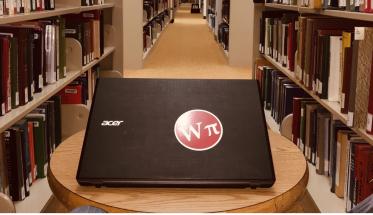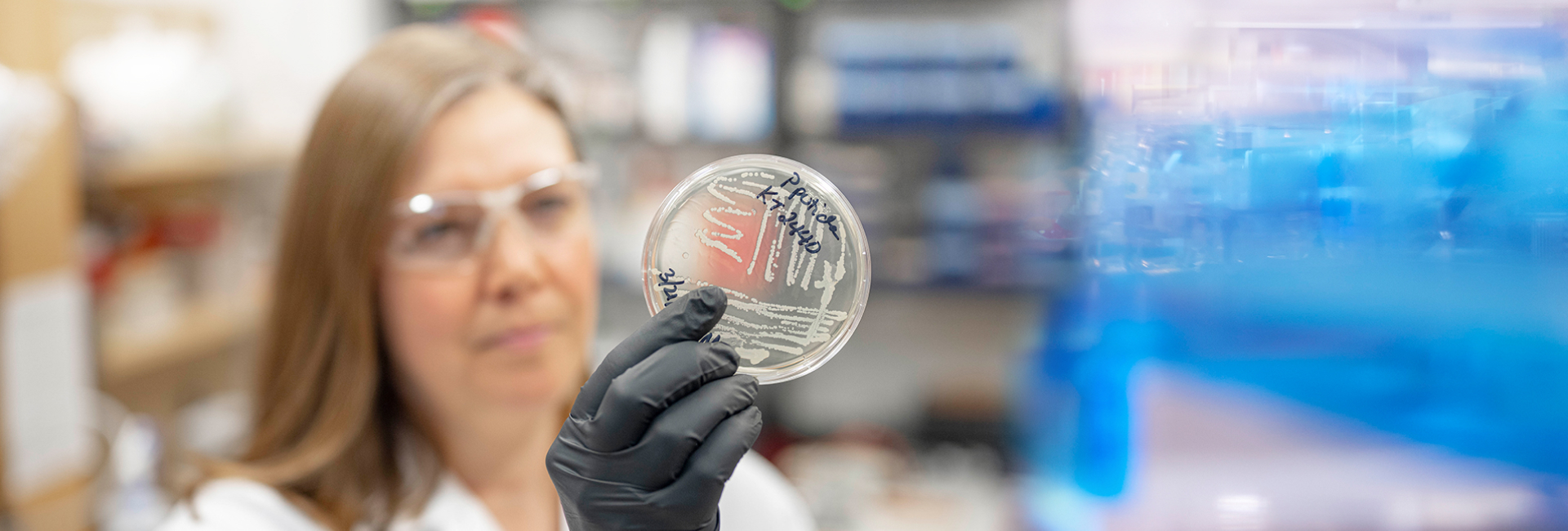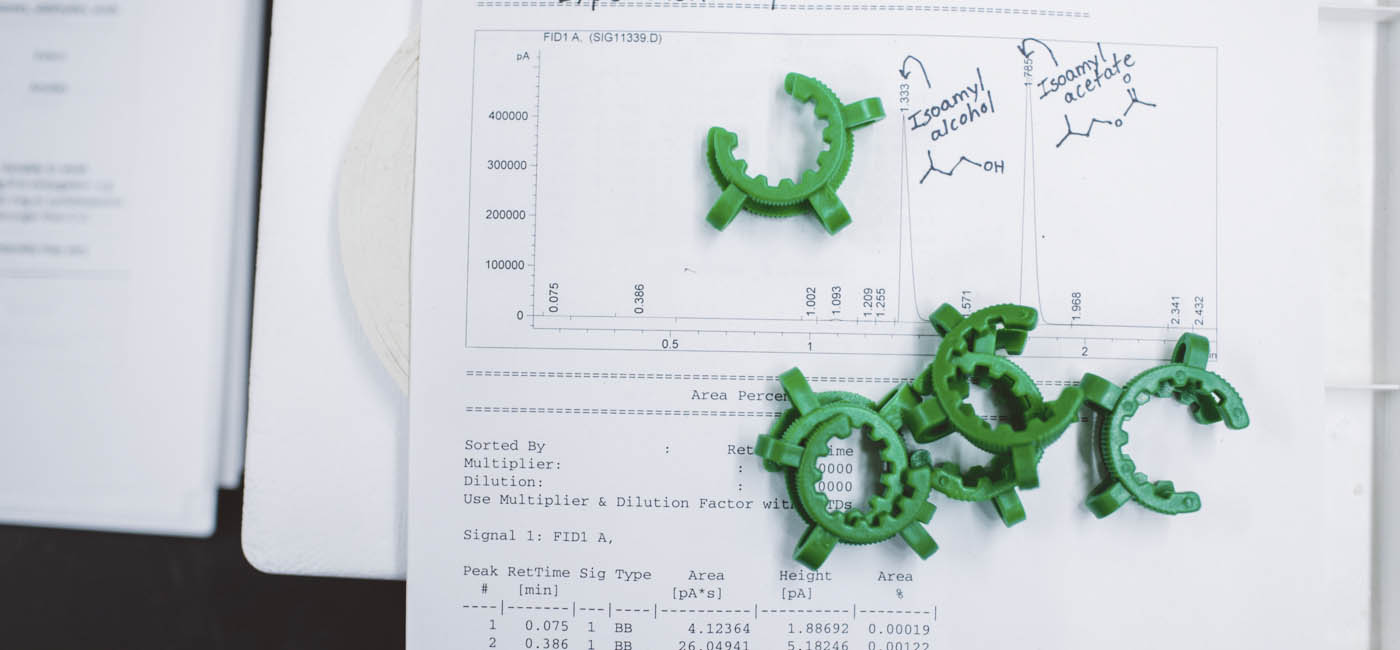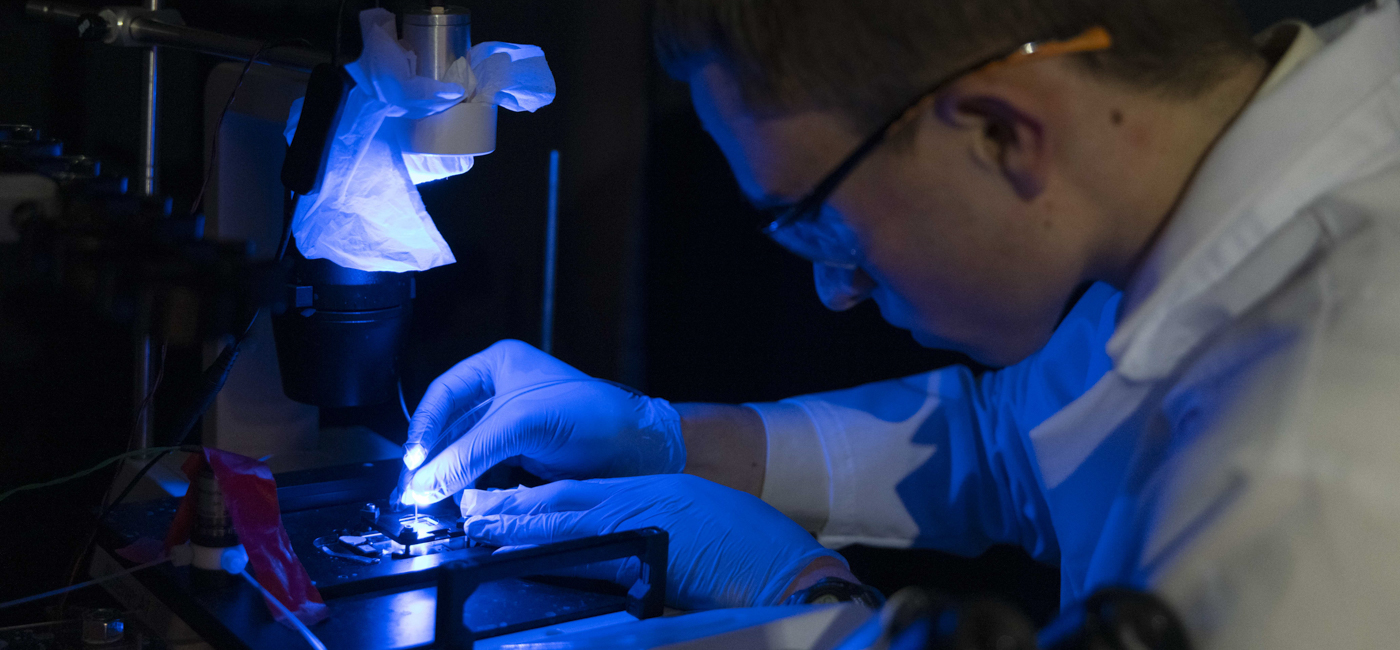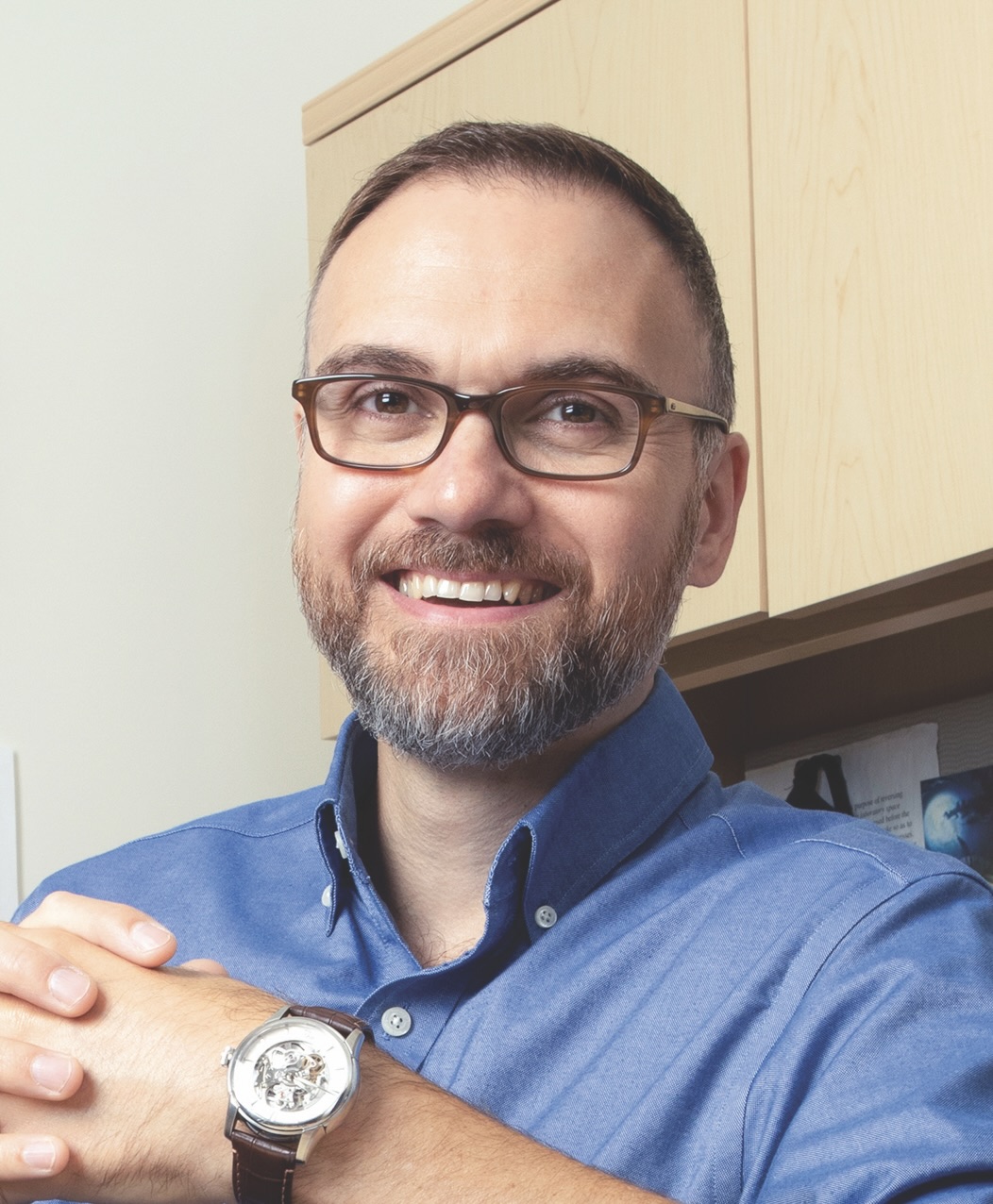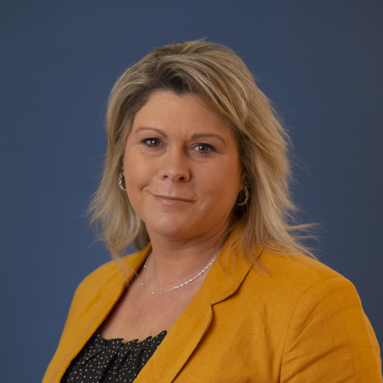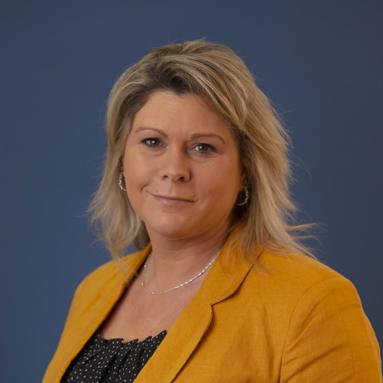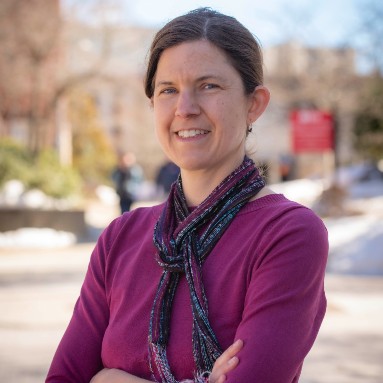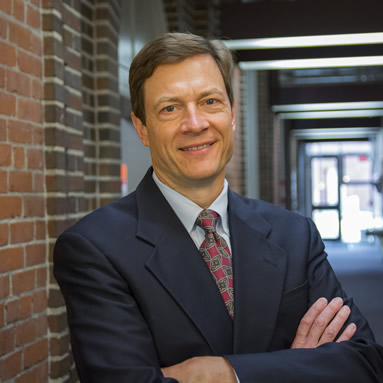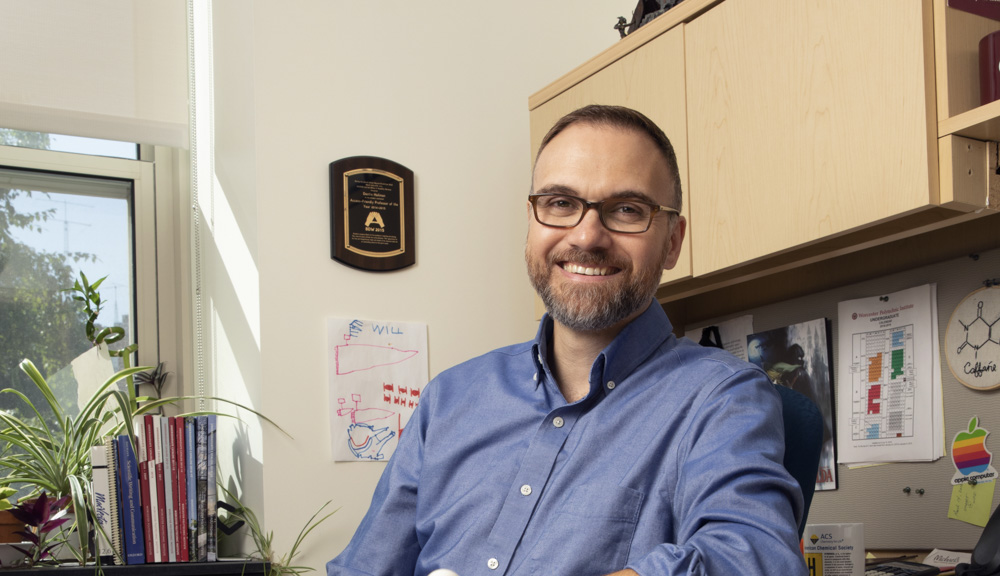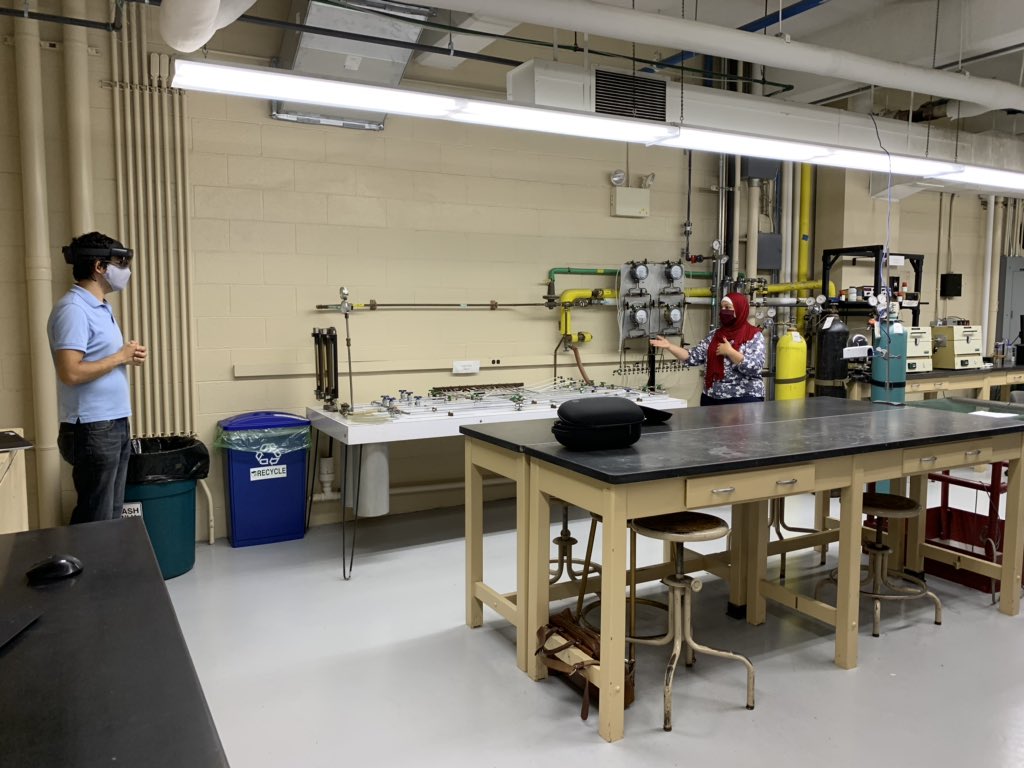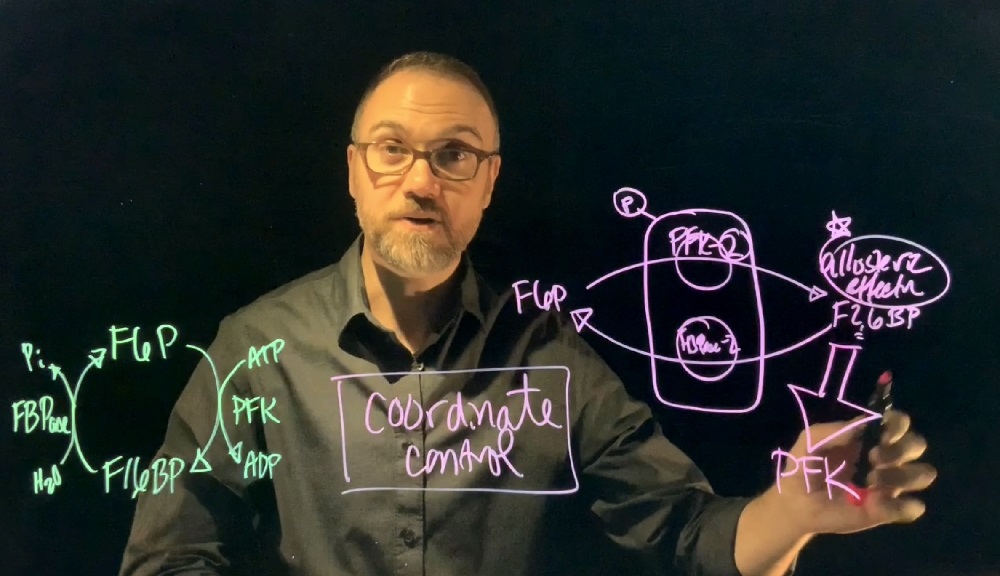Editor’s Note: This is the first installment of a three-part series examining how WPI is reimagining its distinctive education amid the Covid-19 pandemic.
Part 1: How the promise of TechFlex arose from a legacy of online experience.
In early July, WPI announced that it will gradually reopen campus to students, faculty, and staff.
As a part of reopening, WPI has developed TechFlex, a thoughtful approach to its distinctive education that calls for creating three categories of course delivery: hybrid, fully online, and an in-person component. TechFlex gives students and faculty greater flexibility, as the university is using technology to provide choices for students and faculty alike.
Dean of Engineering John McNeill, who is leading the effort in reopening academic programs, noted that TechFlex will allow both faculty and students to engage in ways that suit their needs.

“We recognize that this looks like a different academic process, but the reality is that WPI has been preparing for this moment,” says McNeill. “WPI is recognized as a leading innovator in delivering a diversity of effective learning modes and TechFlex plays to our strengths.”
As faculty and students prepare for fall reopening, WPI’s TechFlex plan will build upon its legacy of online offerings by extending highly flexible academic options. Before delving deep into them, it’s helpful to understand how WPI’s roots in online programming offered a pathway.
A Brief Look Back
For decades, the university has offered online graduate degrees (18 programs) to provide work-life-learning balance. While many classes are now taken virtually, students have the opportunity to interact with professors during lectures and via e-mail, complete class work with fellow classmates via discussion boards and virtual meetings, and participate as they would during an in-person class.
While many graduate courses include in-person meetings on weekends or evenings, all the courses integrate the latest technologies in web, videoconferencing, recordings, simulations, virtual chat, and discussion boards to provide a rich, immersive learning experience. Courses are structured so that students may go online or review recordings as their schedules allow.
This successful track record in online course delivery positioned WPI well when the coronavirus pandemic struck and virtual platforms became educational lifelines for faculty and students. Kristin Marengo, instructional tech specialist in Graduate Studies, says that many faculty members were already set up to teach online prior to the pandemic, including following a synchronous/asynchronous model that features pre-recorded lectures, live lectures via Zoom, and a flipped classroom in which students learn at home, and come to class prepared to discuss what they learned and to complete group work.
Now, with fall approaching, McNeill believes the blend of in-person and technology-enabled delivery will provide meaningful and effective learning, while supporting community health and safety by limiting the number of people in classrooms, labs, and other spaces.
The three categories of course delivery break down further, as follows:
- Two hybrid models – The blended synchronous approach calls for an instructor to teach a group of students in class at a scheduled time; remote students may watch on live stream or view a recording. By contrast, the flipped synchronous approach offers pre-recorded lecture content that is made available online to all students before in-class sessions.
- Two online models – The online synchronous model calls for sessions that meet online on specific days and times along with recordings made for those unable to attend. Live interactions take place. By contrast, the online asynchronous model has no scheduled whole-class meetings as students work through course content at convenient times and via discussion boards with classmates.
- Required in-person model – This is reserved for the lab portion of courses that must be completed on campus. These courses are not possible for remote students, but other content and course activities may still be online.
Student Perspectives
While WPI students are known for their resilience, they were candid about their online learning experiences.

Some, like recent graduate Joe Dainis ’20, were wary of taking classes online in D-Term. Dainis was particularly concerned about his Experimental Biochemistry lab, designed to give students a taste of what it’s like to work in a hands-on lab.
“[In D-Term] I was going to be in two online lab courses, and had never taken an online lab before,” says Dainis, who double majored in biology & biotechnology and biochemistry. “I was concerned about how this was going to work out, and how the professors were going to develop the lab course into one that did not have any hands-on work at all.”
Destin Heilman, teaching professor of chemistry & biochemistry who taught the lab, transformed class time into a digital exploration of the coronavirus. Heilman challenged his students, including Dainis to research the coronavirus’s proteins, and choose which ones might make good targets for therapies and vaccines. During the class, he gave students documents on those proteins to read and challenged them to pick which one they wanted to study.
“The students were engaged and excited,” Heilman says. “They learned about the coronavirus’s history, the proteins that are important to the virus … it was kind of fun.”
Even though exploring coronavirus in a virtual setting wasn’t what Dainis expected out of Heilman’s lab, he found the challenge of working in a virtual lab was a useful experience, especially as he gears up for a research associate position in a Brown University lab in September.
“Being able to look at a lab and experiments from an entirely different perspective has a lot of beneficial uses, particularly in the research field where you are developing your own protocols,” he says. “The Brown University lab I will be working at is going through the same crisis as everyone else, and they also must work from home and be productive with their projects. I honestly see this [D-Term] as a valuable experience of how to overcome and adapt during a time of crisis.”
Megan Mancuso, a PhD candidate in biomechanical engineering, says online communication with her advisor, Karen Troy, associate professor of biomedical engineering, was key to her success last term. She says Troy set up separate chats for each lab project where students could collaborate and troubleshoot, and offered optional daily check-ins to all students.
“This helped me stay on track and get my days off to a productive start,” Mancuso says.
Most important, Troy carved out time to make sure students were personally well during the pandemic. That personal touch went a long way, Mancuso says, and will in the new academic year.
“I really appreciated that she [Troy] prioritized asking how everyone was doing personally—in addition to our work,” says Mancuso.
-Jessica Messier
